Growth of E-commerce and Online Sales
The rise of e-commerce is transforming the Alcohol Additives Market by providing consumers with greater access to a variety of products. Online platforms enable consumers to explore and purchase a wide range of alcohol additives from the comfort of their homes. This shift is particularly beneficial for niche and artisanal brands that may not have a strong presence in traditional retail outlets. Data indicates that online sales of alcoholic beverages, including additives, have surged, with a growth rate of approximately 15% annually. As e-commerce continues to expand, it is likely to play a pivotal role in shaping consumer purchasing behavior within the Alcohol Additives Market.
Increasing Demand for Premium Products
The Alcohol Additives Market is experiencing a notable shift towards premium and high-quality products. Consumers are increasingly willing to pay a premium for superior taste and quality, which is driving manufacturers to innovate and enhance their offerings. This trend is reflected in the rising sales of premium spirits, which have seen a growth rate of approximately 8% annually. As a result, alcohol additives that enhance flavor profiles and improve overall product quality are in high demand. This shift not only caters to consumer preferences but also encourages producers to invest in research and development, thereby fostering a competitive landscape within the Alcohol Additives Market.
Regulatory Support for Natural Additives
The Alcohol Additives Market is benefiting from increasing regulatory support for natural and organic additives. Governments are implementing policies that encourage the use of natural ingredients in food and beverage production, including alcoholic beverages. This regulatory environment is fostering innovation and investment in natural alcohol additives, which are perceived as healthier alternatives by consumers. The market for natural additives is projected to grow significantly, with estimates suggesting a compound annual growth rate of around 10% over the next five years. This trend aligns with the broader consumer shift towards health-conscious choices, positioning the Alcohol Additives Market favorably for future expansion.
Technological Advancements in Production
Technological advancements are playing a crucial role in the Alcohol Additives Market. Innovations in extraction and fermentation processes have led to the development of new additives that enhance flavor and aroma. For instance, the use of advanced distillation techniques allows for the extraction of more complex flavor compounds from natural sources. This has resulted in a broader range of products that appeal to diverse consumer tastes. Furthermore, the integration of automation and data analytics in production processes is improving efficiency and consistency, which is essential for maintaining quality standards. As these technologies continue to evolve, they are likely to reshape the Alcohol Additives Market, offering new opportunities for growth.
Emerging Trends in Mixology and Cocktails
The Alcohol Additives Market is witnessing a surge in interest surrounding mixology and craft cocktails. As consumers become more adventurous in their drinking habits, there is a growing demand for unique and innovative flavor combinations. This trend is driving the need for specialized alcohol additives that can enhance the complexity of cocktails. The craft cocktail movement has led to an increase in the use of bitters, syrups, and other flavoring agents, which are essential components in modern mixology. Market data suggests that the segment for cocktail-related alcohol additives is expected to grow by approximately 12% over the next few years. This evolving landscape presents significant opportunities for producers within the Alcohol Additives Market.
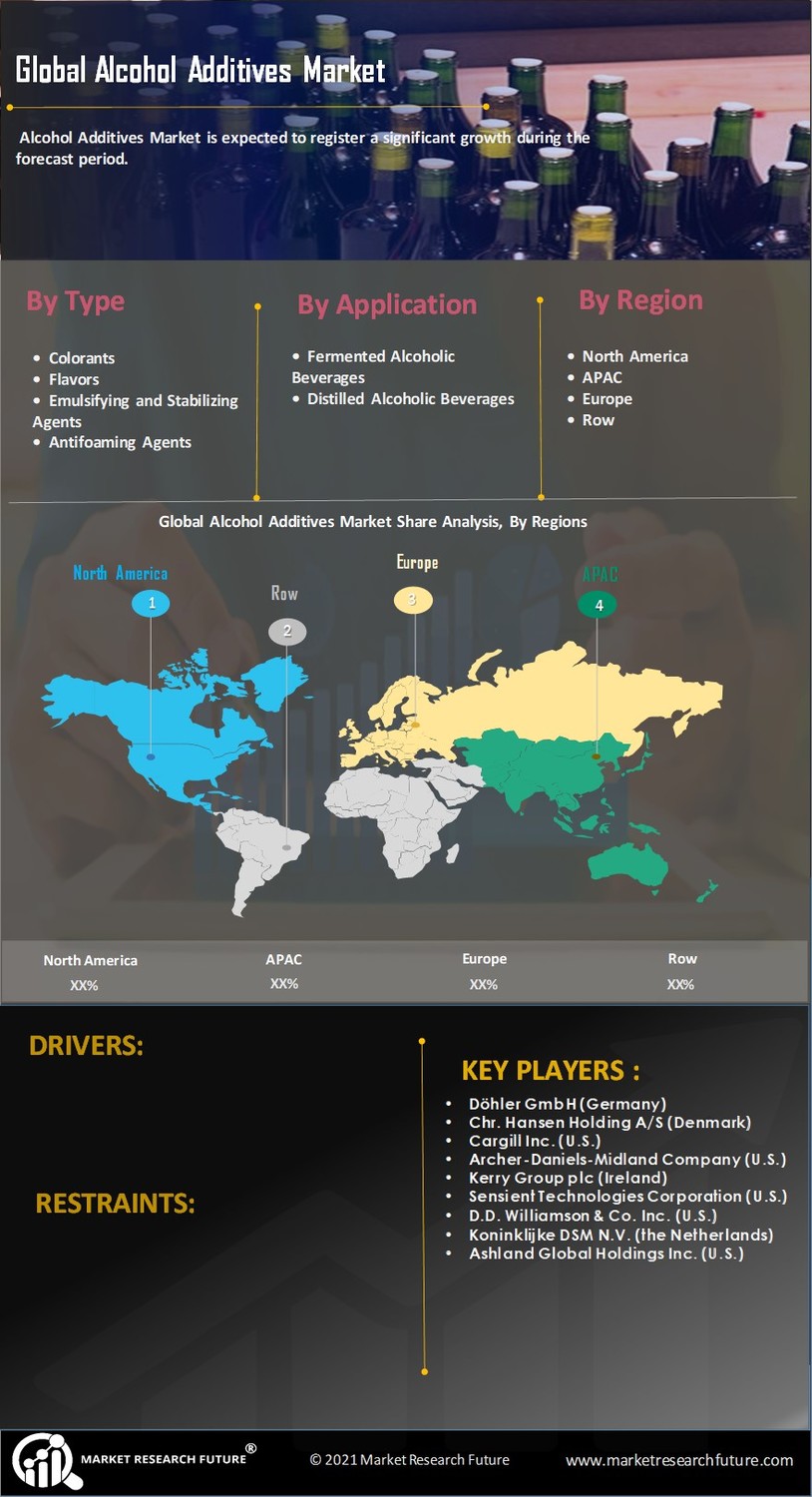

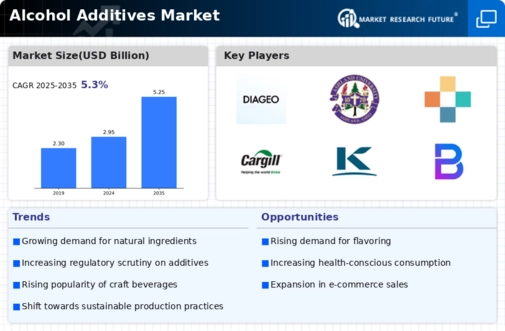
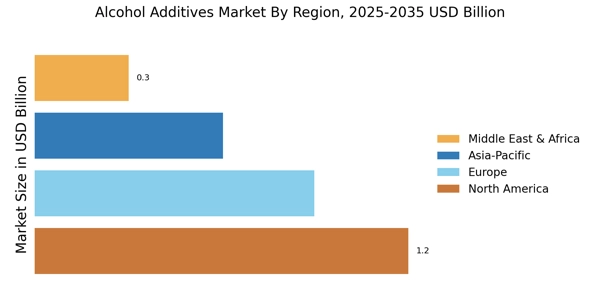




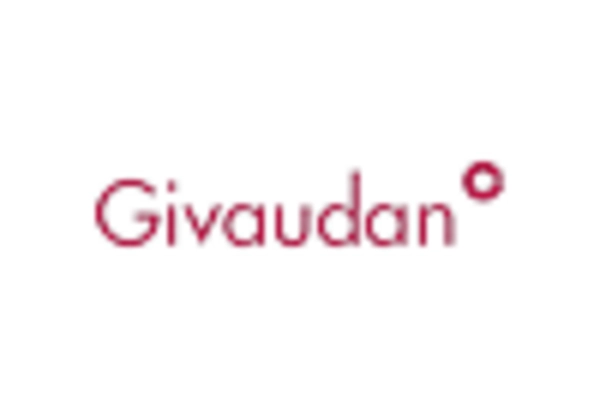
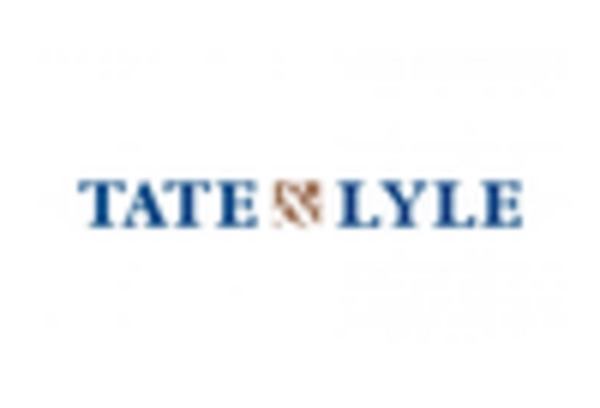








Leave a Comment